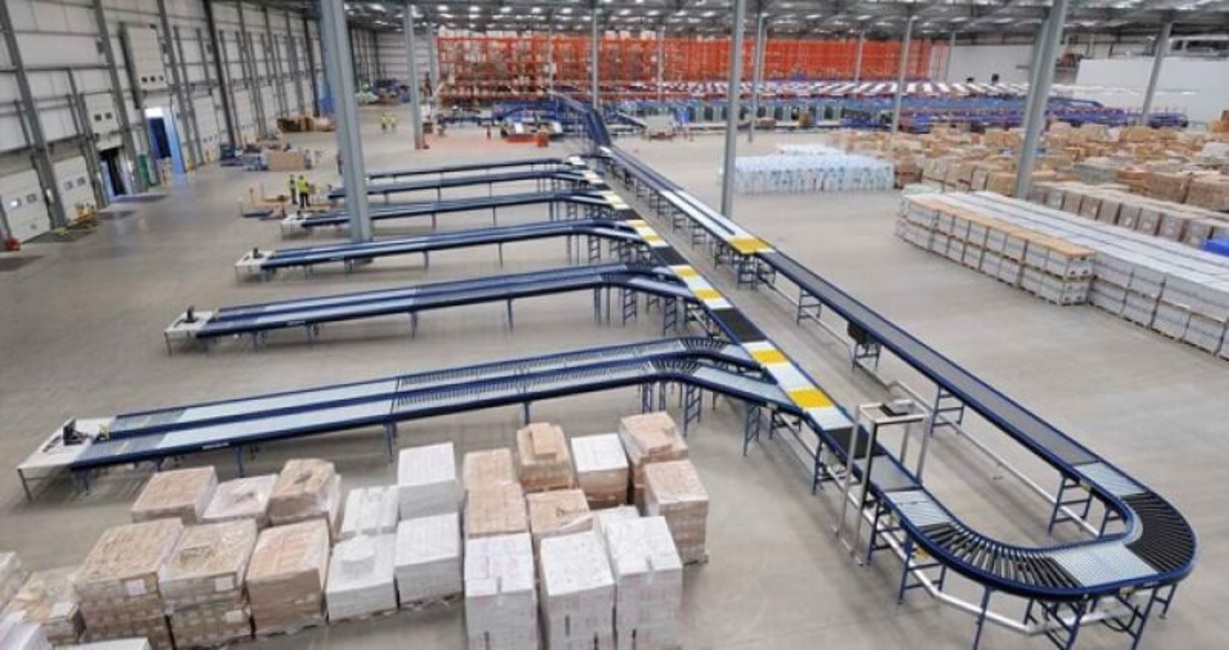warehouse, technology, employment...
Warehouses and factories across the country have long featured automated conveyor belts and robotic picking and packing machinery. Human workers often work alongside machines, known in the industry as cobots, which can be beneficial in terms of safety and productivity.
With the Covid 19 pandemic changing the way many of us work and placing increasing demand on products purchased through online ordering, what is the future of warehouse automation? Let’s take a closer look.
How is online shopping affecting warehouse supply chains?
As more and more purchases are made remotely, warehouses are forced to hold higher levels of stock. Reductions in purchases in retail environments are having a huge and instant impact on the way warehouses function. With increase in demand comes the need for improvement in processes.
Many smaller warehouses are simply not equipped to accommodate the increasing demand for online shopping. With customers increasingly expecting next day delivery on a wide variety of items, businesses must act quickly to keep up with the online shopping revolution. One way that is helping businesses to adapt is a more collaborative way of working.
The importance of integrated warehousing
Many large-scale corporations such as Amazon and Ocado are streets ahead of their competitors in terms of storage capacity, distribution efficiency and incorporation of technology into their processes. Many retailers are, therefore, forming strategic partnerships with these larger corporations in order to fulfil their orders.
Warehouse capacity management is at the heart of maximising capacity and improving efficiency. In the future, with increasing transparency between businesses, it looks likely that on-demand warehousing will become a popular way of working. Larger businesses using data tracking technology will be able to offer warehouse space to rent during off-peak times to accommodate temporary demand for more storage space.
Robotic software applications
When people think of automation, they often imagine a futuristic warehouse where robots have replaced humans. The reality is perhaps, quite different. One of the biggest uses of warehouse automation looks likely to be an increased use of robotic software for planning and logistics.
Technology such as data analysis applications and artificial learning technology will be used to find the most effective methods of planning and distribution and will also play an integral role in warehouse and factory safety. In the physical warehouse environment, drone technology is now being used safely alongside human workers to accurately move and organise stock and deliveries.
Types of warehouse automation
In the next few decades, it looks like warehouses will steadily become more and more automated. Some of the automation innovations we’re likely to see are:
- Goods to Person (GTP) technology – GTP includes any automated technology which is designed to improve efficiency and decrease congestion eg. Carousels, lifts, conveyors etc.
- Digital automation systems – Automatic identification has dramatically speeded up warehousing processes. Systems such as barcode scanning technology can be expensive to implement but beneficial in the long run.
- Robotic lifting devices – Manual lifting can have a negative impact on the health of a human worker. Certain robotic devices are designed to assist humans with certain warehouse activities for the benefit of both employer and employee.
- Automated vehicles – Forklifts, drones and other vehicles use GPS and laser guidance systems to navigate safely around a warehouse environment alongside human workers.
Benefits of warehouse automation
Warehouse automation can be beneficial for business owners, customers, and employees. The ultimate goal of automation is not to replace human activities but to work alongside them. Some potential benefits of warehouse automation include:
- Reduced labour and operational costs
- More efficient and productive processes
- Reduced handling and human error
- Improved data analysis and accuracy
- Enhanced customer service
- Optimisation of available warehouse space
- Better working environment
- Improved logistical capacity
- Better levels of workplace safety
Warehouse automation has been a part of our lives for many years. As technology advances at an increasingly rapid rate, warehouse managers must embrace new technologies in order to maximise their full potential.
It seems unlikely that automated technology will ever replace human initiative and manual handling skills. The future of warehouse automation is, indeed, predicted to be a better environment for human workers as technology becomes increasingly integrated alongside better working standards.
At PPR, we regularly work with employers and employees in various warehousing job roles. If you’re interested in a career in warehouse work or you’re looking for your next placement in a warehouse environment, contact PPR today. For more information about our current vacancies or to register your interest with us, call 01895 80 81 88 or send us a message online.


